Authors’ Rights and Copyright
The Law always safeguards (and protects) the product of human creativity, as long as it possesses an appropriate creative capacity and is in tangible form.
Unlike trademarks and patents, authorial copyright does not require any filing for the establishment of the right and therefore for its protection. It is however imperative to always keep evidence of the creation of the work, otherwise the authorship right and the exclusive economic exploitation right related to it are both jeopardised.Music, literature, drawing… Although there is no exhaustive list of work genres to refer to, it is always a good idea to plan a responsible legal protection strategy, tailored to suit the creative creation.
Do you want to receive now a personalized quote? Click on the “CALCULATE A QUOTE” button below. Answer a few simple questions and you’ll get a quote in less than two minutes.
Our special services dedicated to this practice area are:
Italian Authors’ Rights is mainly governed by Law no. 633 of 22 April 1941 and Title IX of the Italian Civil Code; however, there is not a list of works or absolute categories to refer to. The following can certainly be taken into consideration: Texts, Publishing, Photography, Music, Novels, Screenplays, Stylistic Design, Literature, Movies, Television, Presentations, Formats, Websites.
Article 2 of the Italian Authors’ Rights provides a list of works eligible for protection. Unfortunately, this is only an approximative list and, for this reason, we rephrase it below:
- literature: literary, dramatic, scientific, educational and religious works; both in written and oral form;
- music: musical works and compositions (with or without lyrics), dramatic-musical works and musical variations (provided they are original works themselves);
- figurative arts: sculptures, paintings, drawings, engravings or works belonging to similar figurative arts, including scenography;
- architecture: architectural drawings and constructions;
- theatre: choreographic and pantomime works (with or without a script);
- cinematography: cinematographic works (silent or with sound), photographic works;
- industrial design: works possessing artistic and creative value.
In addition, so-called “creative elaborations”, such as translations into another language, transformations from one literary or artistic form into another, adaptations, reductions, etc., are also protected. Following the implementation of Directives 96/9/EC and 91/250/EEC, computer programs and databases are also included in the list.
Authors’ Rights and Copyright
Interference and plagiarism cases
Contract drafting and negotiation assistance
Legal proceedings for counterfeiting, infringement, usurpation and vindication claims
Payment recovery and/or compensation for damages
Software registration with SIA (Italian Society of Authors and Publishers)
Do you want to receive now a personalized quote? Click on the “CALCULATE A QUOTE” button below. Answer a few simple questions and you’ll get a quote in less than two minutes.
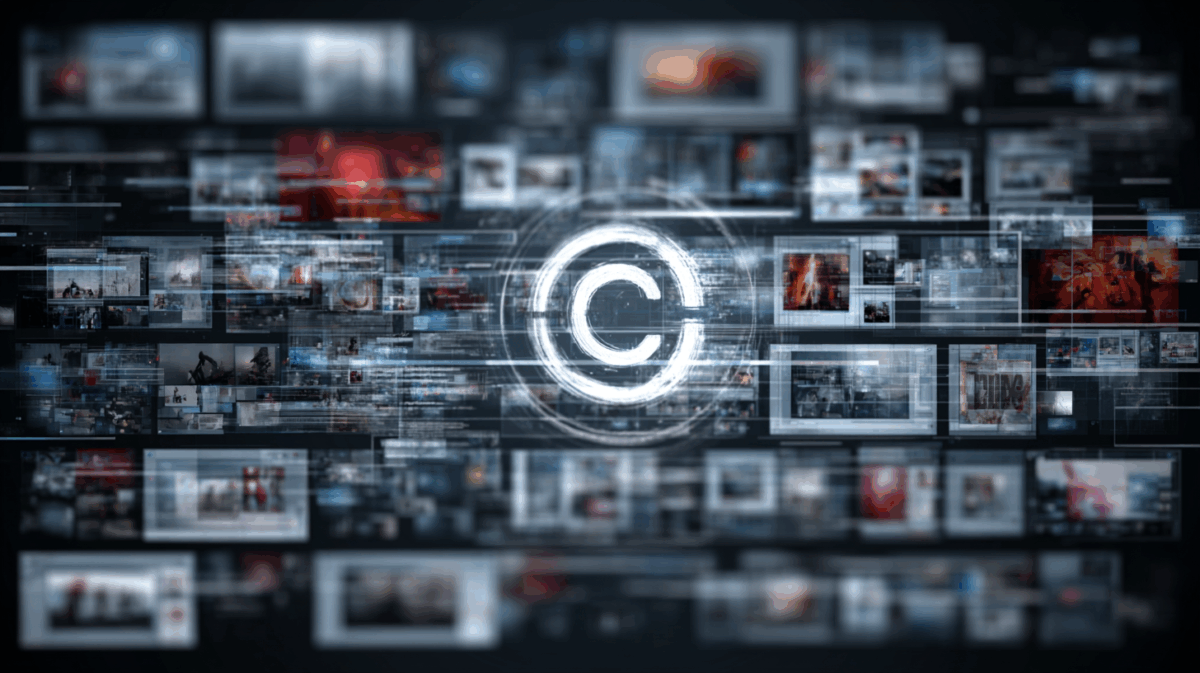
Online photographs: what can i do and what are the risks? A case that clarifies the most common doubts
Imagine walking through Piazza del Duomo in Milan and taking a beautiful photograph: perfect lighting, balanced framing. Some time later, someone uses that same photo [...]
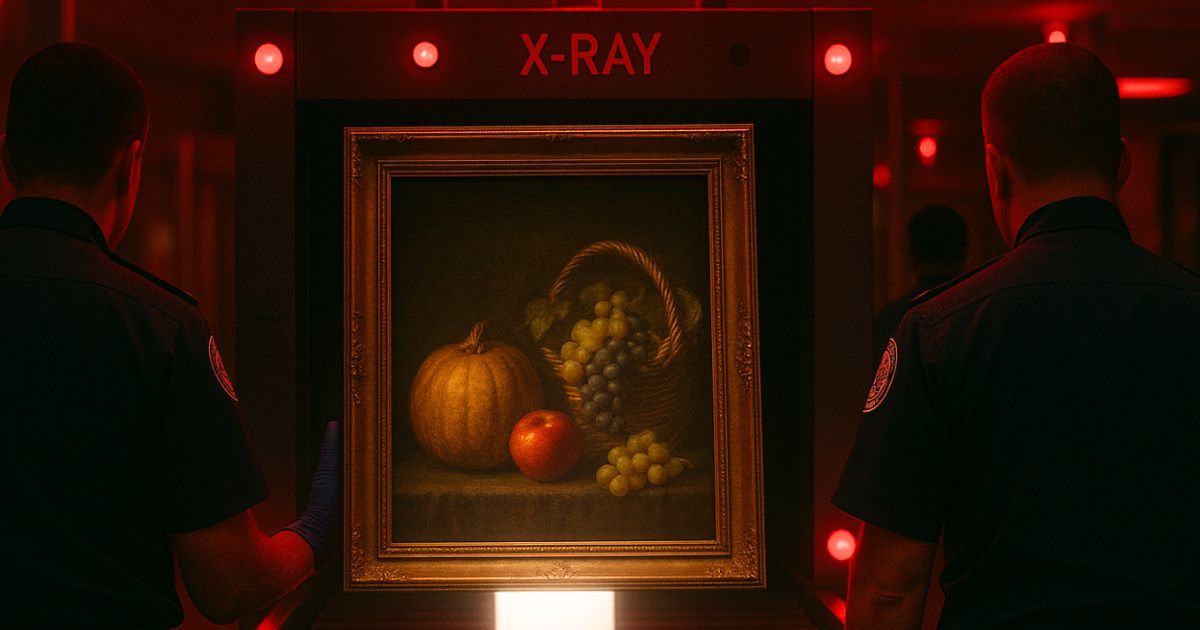
The Dalí that did not leave: considerations on the law of exporting works of art
A work of art can embody multiple rights: those of the artist, those of the purchaser and, in certain cases (if we confine the analysis [...]

Licensing or Franchising: how to develop your network
Choosing between licensing and franchising is not always straightforward. An entrepreneur wishing to take their brand to the next level often faces these two options, and one is not necessarily better [...]
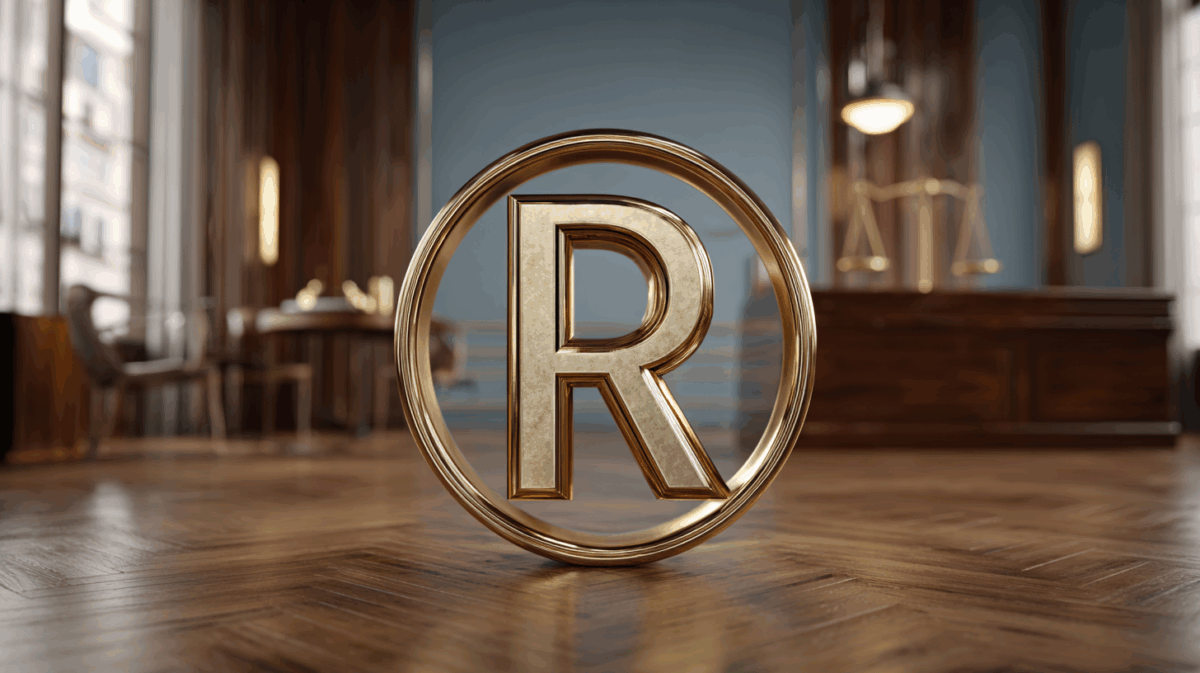
Is it possible to commit a crime using one’s own trademark? The Italian Supreme Court responds
Is it possible to commit a crime using one’s own trademark? The Italian Supreme Court responds Many entrepreneurs associate trademarks solely with marketing and corporate [...]

Corporate communication: from message to audience perception
In the era of social media and hyperconnectivity, the reader no longer merely absorbs content: they interpret, evaluate, and respond. This article explores why active [...]

Where is the line between creativity and infringement in sports audiovisual rights?
Serie A brought a university professor and videogame enthusiast before the Genoa Court (order of June 27, 2025). The accusation? Through his social media channels, [...]

Criticising your employer is (almost always) a right
In labor law, the employee’s freedom of expression is a recognized and protected principle. But criticizing the employer does not mean being able to say [...]
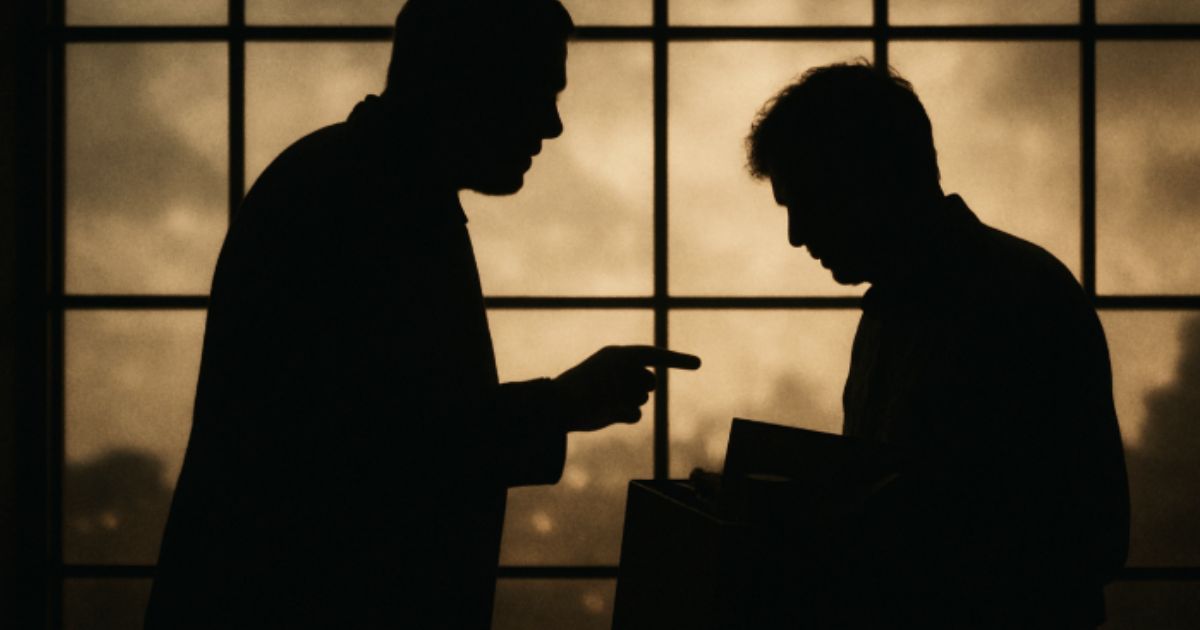
Offending a superior may legitimize dismissal: what the Italian Supreme Court says
What happens if an employee insults their superior? The Italian Supreme Court (Cassazione no. 21103/2025 and no. 16925/2025) has confirmed that, in certain cases, even [...]

Writing to Persuade: AIDA and the Copywriter’s Shortcuts
In marketing and persuasive writing, formulas such as AIDA, PAS, or PASTOR are often treated as ready-made solutions. Yet the human brain does not operate [...]
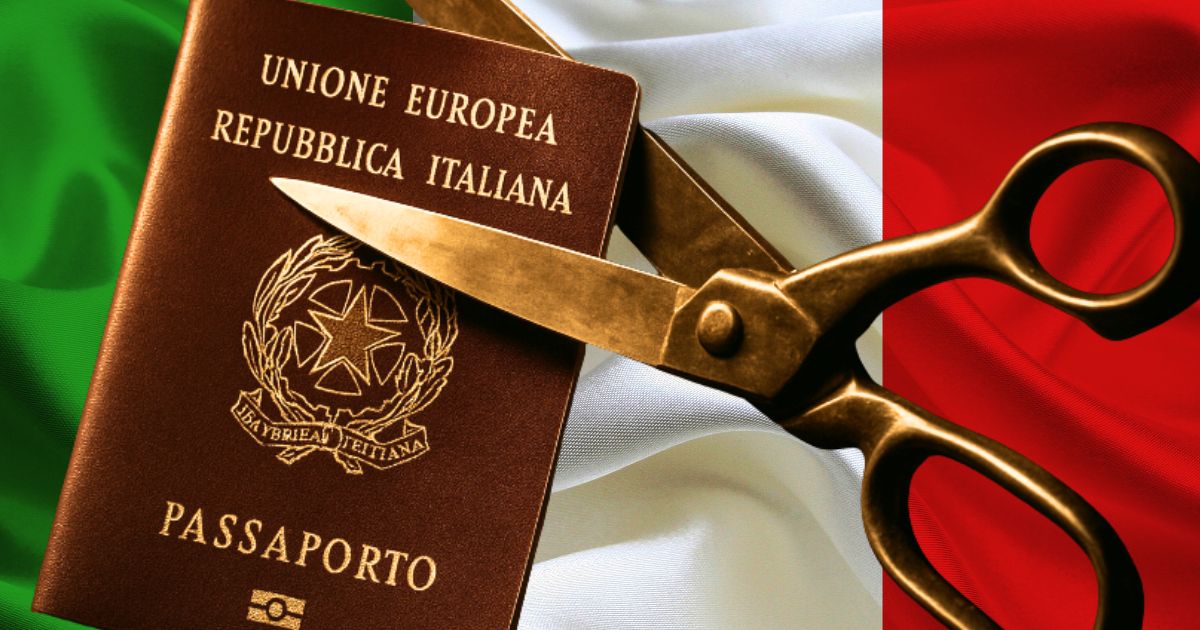
Limits to citizenship by descent (iure sanguinis)? Awaiting the Constitutional Court’s ruling
In 2025, Italy introduced a generational limit on citizenship by descent (iure sanguinis), amending a consolidated practice that had previously allowed recognition without any time [...]
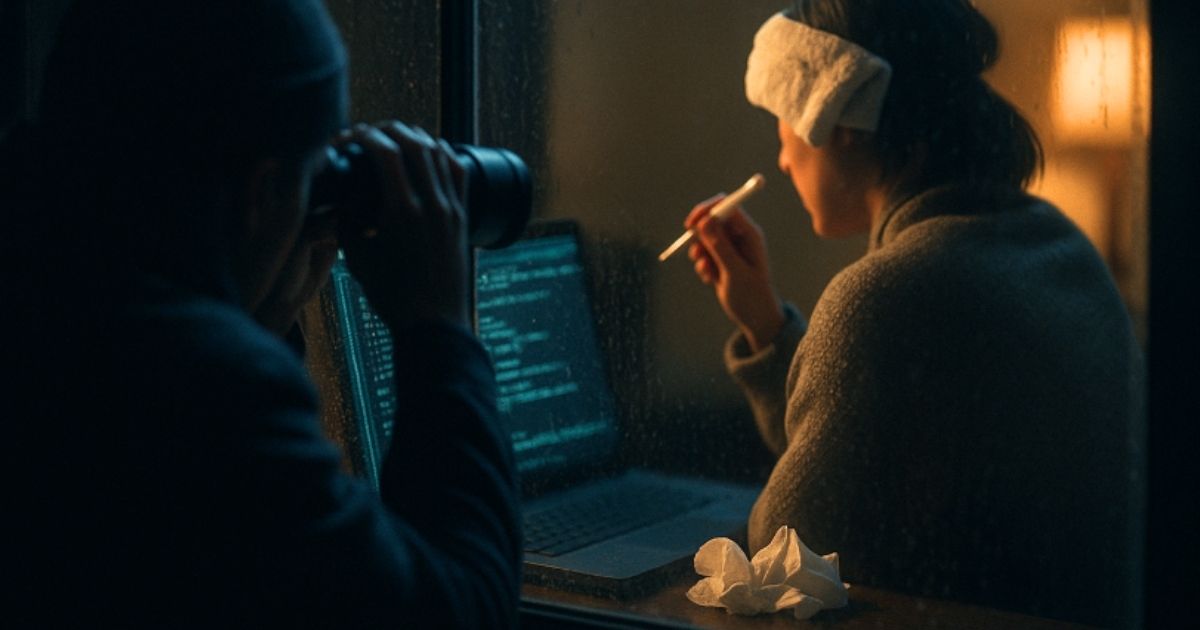
How and when it is lawful to investigate an employee on sick leave: Supreme Court Decision No. 23578/2025
Is it permissible to have an employee on sick leave placed under surveillance? And under what circumstances? The recent ruling of the Italian Supreme Court [...]

The case of the dachshund: when a logo matters more than the name
Many entrepreneurs and professionals often wonder whether it is really necessary to invest in a logo or whether a name alone is enough to distinguish [...]